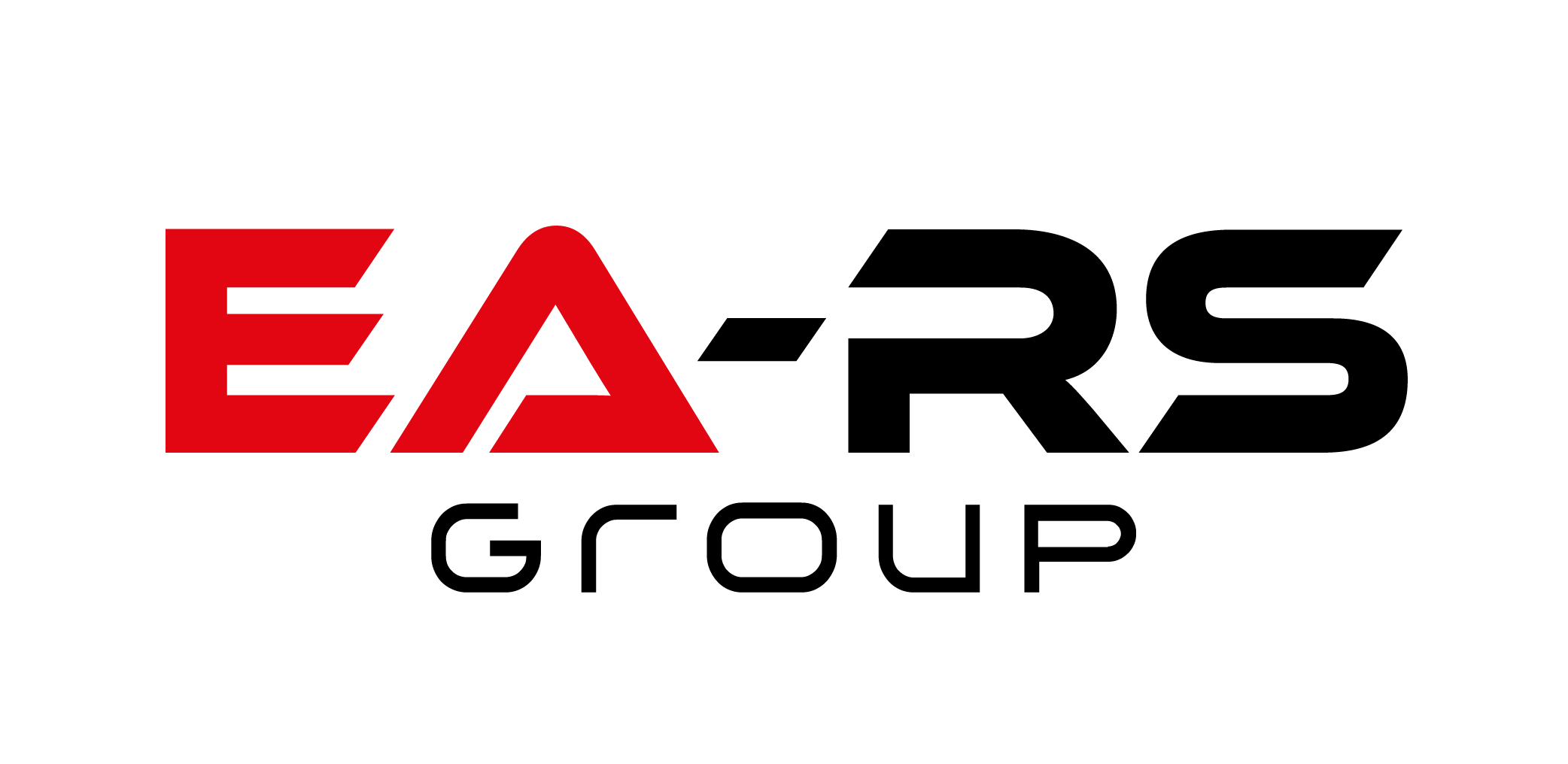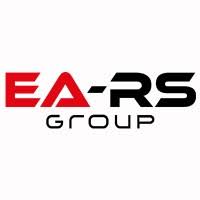Information
-
Document No.
-
Client / Site
-
Conducted on
-
Location
-
Engineer Name
Pre-Work Tasks/Behaviours
-
Has the engineer signed in? (If applicable)
-
What is the date of the company ID badge issued?
-
Is there permit required?
-
Has the engineer asked if the site has an asbestos register ?
-
If conducting intrusive works, has the asbestos register been<br>checked?
-
Is the engineer wearing the full correct uniform issued?
-
Is the engineer wearing the appropriate PPE?
-
Does the engineers test equipment have an integrity seal to prevent adjustment and a calibration label attached indicating next "due test" ?
-
Multimeter calibration due date?
-
Battery Tester (ACT) calibration due date?
-
Sound Level Meter calibration due date?
Pre-Inspection Checks
-
Has the engineer reviewed the logbook for for faults and false alarms? 45.3A
-
Has the engineer liaised with the client if there are any specific servicing requirements required?
-
Has the engineer corrected the time and date on the CIE if applicable?
-
Has the engineer confirmed if the system is monitored, if so has this been taken offline? 15.2(e)
-
Has the engineer confirmed there is a local safe isolation spur? 25.2 (c)
-
Has the engineer confirmed operation of the local isolation can only be operated by a special tool ? (a special tool is not likely to be carried by a member of the public, slot screw or flip out fuses are deemed unsatisfactory) 25.2 (g)
-
Has the engineer confirmed if the isolator is suitably labelled with a fade resistant label marked "Fire Alarm - Do Not Switch Off?" 25.2 (f) & (g)
-
Has the engineer confirmed that suitable zone charts are sited on or adjacent to all CIE`s including repeaters/mimic panels? (must have building entrances and exits, circulation spaces and be divided into suitable zones which is a true representation of the premises it serves).23.2.2(e)
Panel Checks
-
Have all visual indicators and function buttons on the CIE been tested and operate correctly? 45.3 (i)
-
Have all fault indications been tested by generation of fault conditions to confirm these are correct? (mains/batteries/open circuits including sounders where applicable? (12.2.1)
-
Has the engineer confirmed that the CIE standby supply is within its 4 year date? 25.4(b)
-
Has the standby power supply capacity been checked to establish they remain within the manufactures required specification with a ACT battery tester?
-
Has the engineer documented the ACT readings on the labels provided and can be read without disturbing the batteries? 25.4 (c)
-
Within the requirements of the inspection, periodic or annual, has the mains been disconnected and a full load reading been taken? 25.4 (e1 ) (e2)
-
Has the engineer carried out a battery calculation to confirm the correct size for the system it serves ? (Qx24hr + Ax1.25)
-
Has the engineer tested the battery charge rate and documented the voltage reading?
-
Has the engineer confirmed if there are a minimum of 2 sounder circuits if a conventional system? 12.2.2 (i) & 16.2.1 (i)
-
Has the engineer checked that all terminals within the CIE are secure to help avoid potential false alarms?
-
Has the engineer confirmed that the local isolation has the correct fuse? (3 or 5 Amp)
Inspection Checks
-
Did the engineer test the switch mechanism's of manual call points, either by removal of the frangible element, insertion of a test key or operation of the device as it would be operated in the event of fire?
-
Did the engineer carryout a function test by a method that confirms that smoke can enter the detection chamber and produced a fire signal?
-
Did the engineer carryout a function test by means of a suitable heat source and produced a fire signal?
-
Have multi-sensors been tested by a method that confirms both heat and smoke can enter the detection chamber and produced a fire signal?
-
Has the correct percentage of devices been tested?
-
Have all tested devices/labels been clearly identified?
-
Has the correct zone indications been confirmed?
-
If any detection or call point devices were replaced at the time of service, did the engineer confirm their full operation?
-
If any call points at the time of service were replaced did the engineer supply and fit a protected cover? 20.2(b)
-
Has the CIE functions been tested by removing a device and operating a MCP for fire/fault per zone/circuit? 12.2.2(e1)
-
Have all areas been checked for correct sound pressures ? (common areas 65db/sleep areas 75db/corridors 60db)
-
If a pressure test is not granted, (with a sound level meter) did the engineer verify with the responsible person(s) that the sound pressures were clearly heard?
-
Have visual alarms been checked for correct operation?
-
Have any ancillary functions been tested where practicable ? (Maglocks/Doors/Shut Off`s)
-
Where practicable has the engineer tested at least one cause and effect?
-
Did the engineer test the printer for full operation?
-
Did the engineer ensure that all printer consumables are sufficient in quantity to ensure that the printer will continue to operate until the next service visit?
-
Has system been returned to normal and left fault free?
-
Has the engineer contacted the ARC to confirm if fire, or fire and fault signals have been received and restored correctly?
Post Inspection & Servicing
-
Has a visual inspection been made to confirm that all cable and fixings are correct and secure where practicable?
-
Did the engineer confirm that all point detection are fitted 500mm or more from all light fittings?
-
Did the engineer confirm that all point detection are fitted 500mm or more from walls/partitions?
-
Did the engineer confirm there is a clear space (500mm) below automatic detectors?
-
Did the engineer confirm detection is installed either side of storage racks/partitions if the gap between the ceiling and rack is less than 300mm? (treat as a wall) 22.3(j)
-
Where a beam is greater than 10% of the ceiling height, (treat as a wall) has the engineer confirmed there is detection installed 500mm either side? 22.3(k)
-
If any air inlets or forced ventilation systems (air conditioning) are present, did the engineer confirm all detection devices are not sited within 1m? 22.3(o)
-
If any manual call points are positioned greater or lower than 1.4m (+/-300mm) did the engineer confirm this? 20.2(i)
-
Did the engineer confirm that all manual call points are 15mm projection allowing visibility from a side on view? 20.2(j)
-
Did the engineer confirm if any manual call points are obstructed or obscure? 45.3 (b1)
-
Has the engineer confirmed that all manual call points are sited at all exits that lead to a ultimate place of safety? 20.2(d)
-
Has the engineer confirmed if any alterations to the building/layout/change of use, in which may affect the compliance of the system?
-
Has the engineer updated the logbook, including the entry of what was tested this visit?
-
Have any defects or recommendations been reported to the responsible person of the site and been documented?
Completion
-
Engineer Signature
-
Auditor Signature
-
Date and Time









